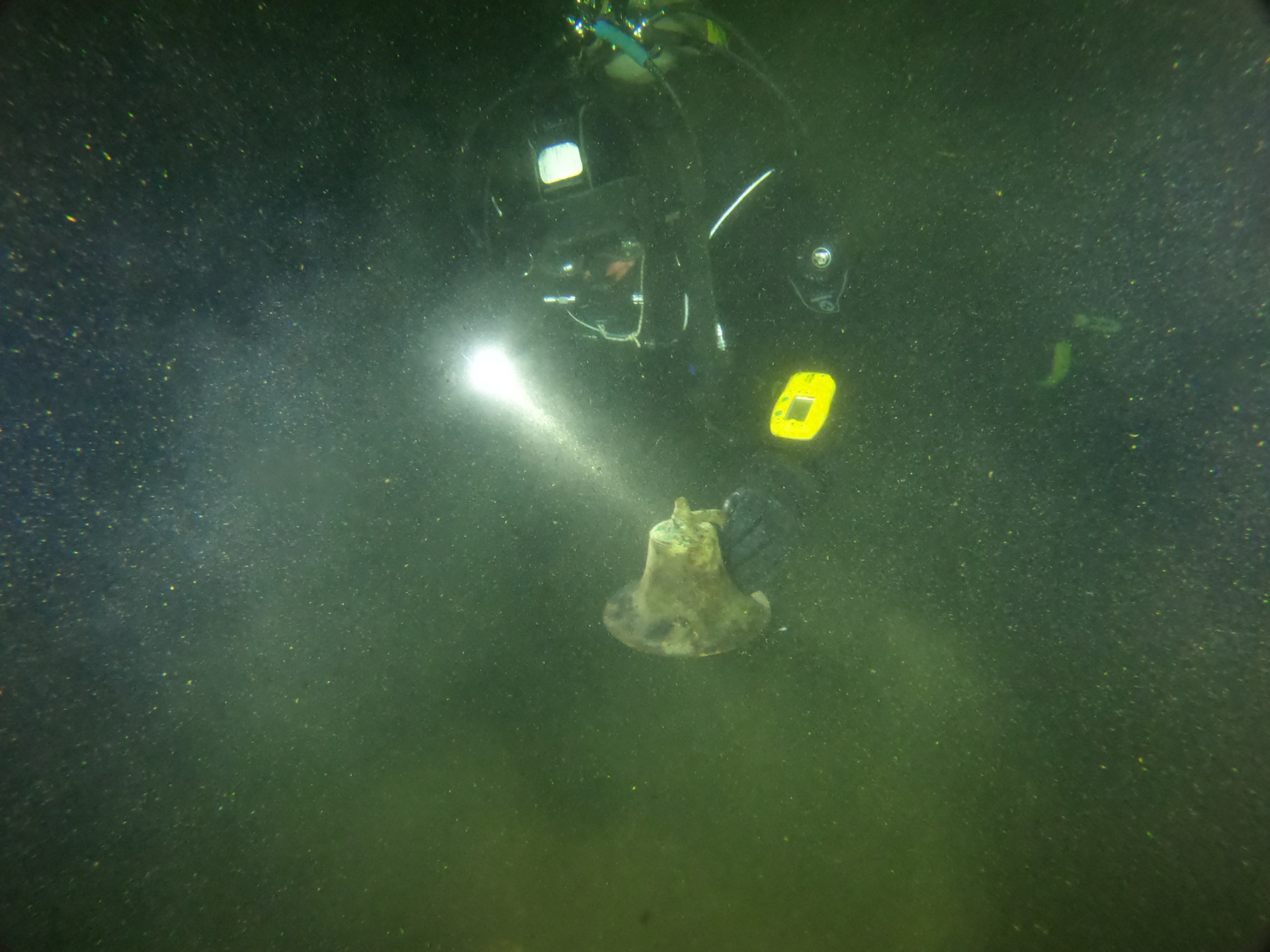An underwater photography project designed to engage young people struggling with mental health issues in freshwater science is showing such success that the founders are working to expand its reach to youths in coastal communities.
About four years ago, Toben Lafrancois, an aquatic scientist at Northland College in Ashland, Wis., came across outdoor photos taken by clients of a northern Wisconsin residential treatment program called Northwest Passage. The photos were better than any he had seen taken professionally.
“I thought, this is what’s missing from getting people to care about the freshwater ecosystem,” Lafrancois said. “People need to see under the surface. Scientific presentations and data are fine, but it’s not all that effective in getting people to care about water.”
So he called Ben Thwaits at Northwest Passage and said, “You don’t know me, but I want to take your photography program under water.” Thwaits agreed this would be great for the children and “In a New Light: Under the Surface” was born. This therapeutic underwater photography program gets kids outside in wet suits and snorkels with cameras, and into northland lakes and rivers. (See a YouTube video here.)
“When you give a kid a camera, they start seeing things they normally wouldn’t see,” Lafrancois said. “It calms them down and gives them something to focus on. It also gives them a sense of extreme pride and accomplishment because the work they produce is very personal but it’s also something that other people can easily relate to and praise.
“People who see the pictures are amazed by the underwater world. They are immediately drawn in and feel the awe and wonder. Then they see the stories of these kids, and they are double amazed at the hope these kids are finding in the natural world. They begin to care for our waters, and also for our most at-risk children,” Lafrancois said.
The institution staff and teachers noticed changes in the children’s behavior and classroom interest. “A kid will have a great day and be all smiley,” Lafrancois said. “Then the staff will come to me and say, ‘You know, that young lady doesn’t smile, and she just smiled all day.’ And the kids will ask graduate-level questions like, what would happen to the ecosystem if all the bryozoans died out? What would happen to a river if all the trees were cut down – things we can guess about but honestly just don’t always have an answer for. As a society, we really should be looking for those answers if we value fresh water.”
With two years of Sea Grant funding (2016-18), Lafrancois and Thwaits are taking the students’ questions and photographs into the classroom to teach topics like basic biology, watershed processes, and sedimentation. “The next generation of science standards are all about student-driven inquiry,” Lafrancois said. “We’re using immersive experience and exploration to get kids to learn about aquatic science, and it’s really fun. They own the questions, so they pay attention to what they need to learn to answer those questions.”
They are expanding the program to the Lac Court Orielles and Red Cliff reservations, and to Bayfield High School. Lafrancois is working with Bayfield High School students on underwater photography in Lake Superior, and plans to have more students involved in 2017. He is letting the students choose what to photograph and said they want to capture the lake, including special coastal areas and sea caves, the wild rice harvest, fish spawning runs, a local polar plunge and a swimming race.
They hope to produce photography shows in local galleries, and to share their stories and pictures with the community.
Lafrancois emphasizes that keeping the kids safe is a major concern. He has adapted National Park Service federal standards for SCUBA diving to the program in consultation with diving experts from around the world.
“We have a tool that we’ve found is extremely beneficial to the people who use it,” Lafrancois said. “And we think everyone who looks at the pictures is going to learn something about Lake Superior.”
He also finds a lot of personal satisfaction from the project. “Career-wise, it’s the perfect thing because it puts all my skills to work. It combines underwater exploration, and half the questions the kids ask, I can’t answer as a scientist. I was a firefighter for a while, so the rescue and diving skills are good to keep sharp. Just being with these kids is the best thing in my professional life. I love being with them and playing in the water.”





